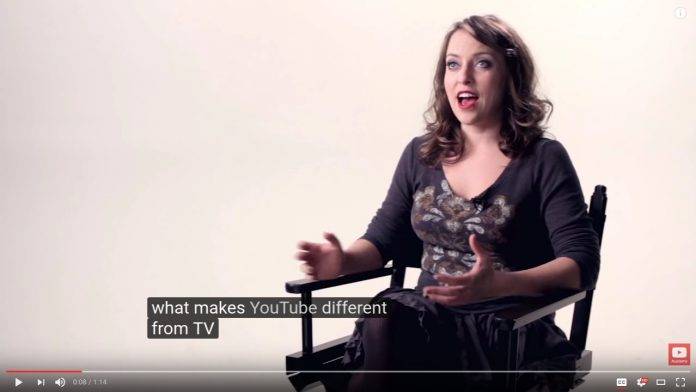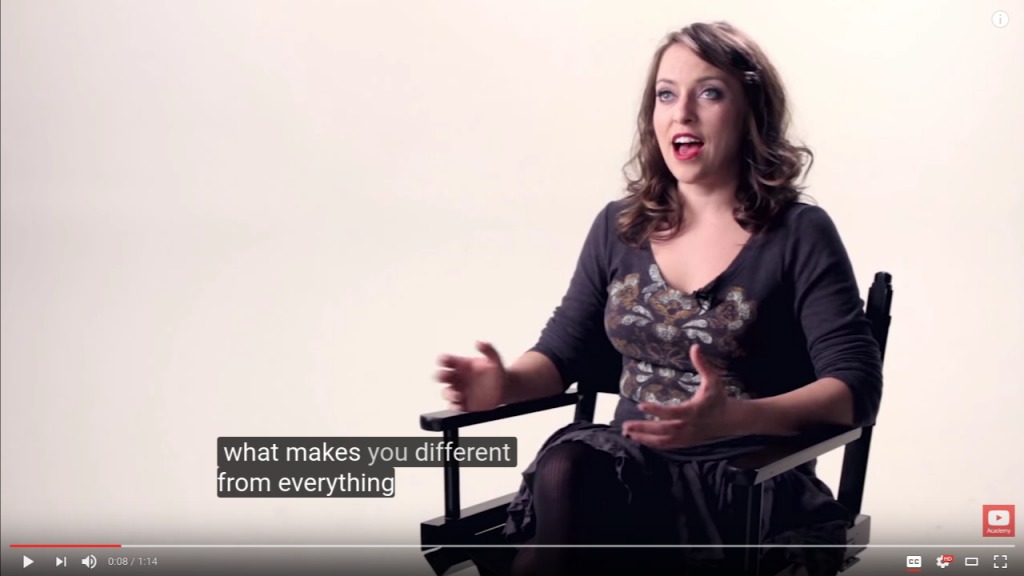
While most people probably do not pay attention to the CC button on YouTube videos that they watch, having closed captions on these videos are a huge help for the more than 300 million people around the world who are deaf or hard of hearing. It gives them the chance to experience the various videos that can be found on Google’s video-sharing network. That’s why they’re happy to announce that there are now one billion videos on YouTube that have been captioned, either through manual captioning by the uploader or the use of automatic captions.
It’s actually been almost eleven years since Google introduced captioning in YouTube videos back in 2006. Three years later, they also introduced the revolutionary automated captions and through the combination of the YouTube caption system and Google’s automatic speech recognition (ASR) technology, they were able to provide captions for videos whose creators did not have the time to manually create their own. Even if the system was not that perfect, it still allowed the who were deaf or hard of hearing to still be able to watch videos on the video sharing site.
Since then, there have been 1 billion videos that have benefited from the automated captions. Videos with automatic captions are viewed around 15 million times a day. And YouTube’s goal is to improve this feature of course, by making speech recognition and machine learning algorithms better and also expanding their training data. They claim that they have gotten a 50% accuracy improvement, which is closer to the normal rates of human transcription error.
Another goal that they aim to reach is to make better automated captions to the nine other supported languages of this feature (aside from English): Dutch, French, German, Italian, Japanese, Korean, Portuguese, Russian, and Spanish. Since they have already made lots of improvements to the automated speech recognition of Google, then this should become easier as well.


SOURCE: Google









